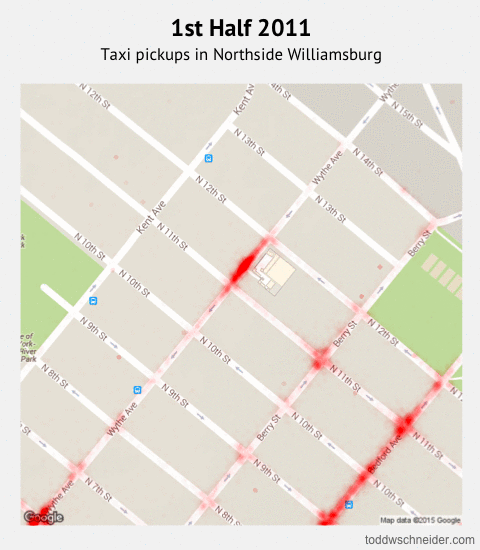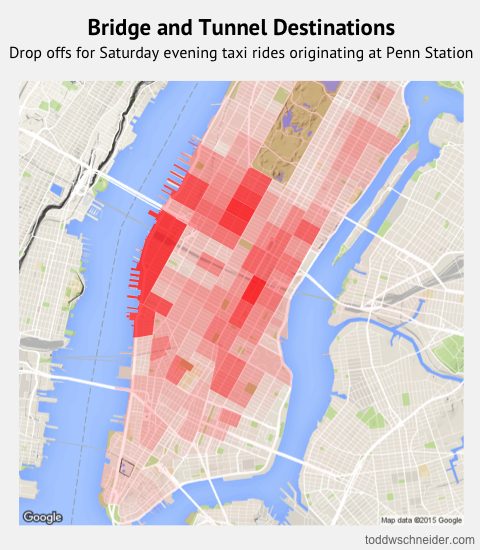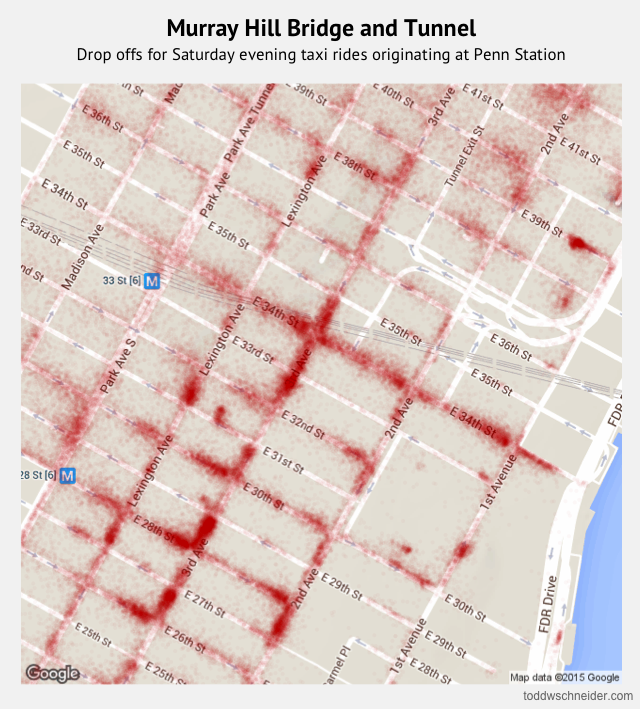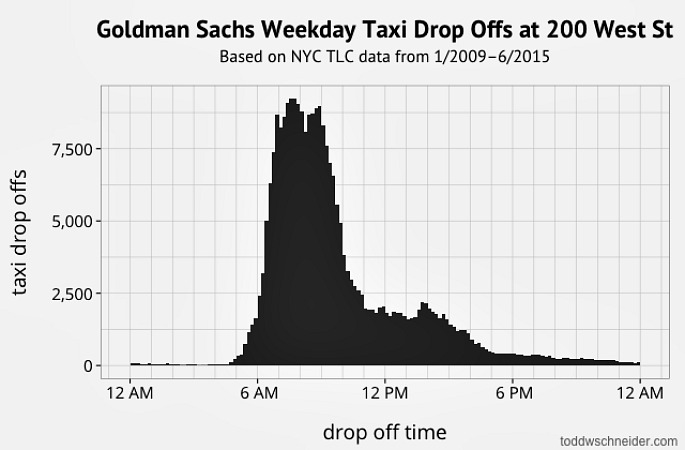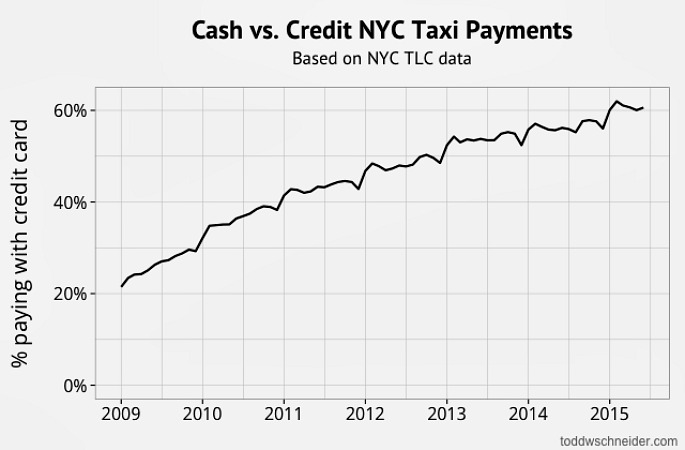Eric Abis pictured with his pouch "Bernie" outside Fort Greene General Store at 218 Dekalb avenue using a "Dog Parker." Photo: Paul Martinka A Brooklyn woman is launching a pay-by-the-minute network of sidewalk dog kennels that allow owners to safely park their pooches while running errands. The kennels are locked by radio signals, monitored by Web cams and temperature controlled. ADVERTISING Chelsea Brownridge said she got the idea for the “dog parker” containers after she had to leave her pup, Winston, at home while she took a long summer walk to Prospect Park because the trip included a stop for breakfast with friends. Photo: Paul Martinka Photo: Paul Martinka Dog Parker outside Fort Greene General StorePhoto: Paul Martinka “I ran into this problem dozens of times,” said the 31-year-old former nonprofit worker, who doesn’t feel safe tying Winston up outdoors. “It was a bummer because it was a nice day and he wasn’t going to be able to go outside.” Two models are being tested on Dekalb Avenue in Fort Greene as part a private pilot program. They’ll be joined by eight more come mid-December, with a total of 100 available in the late spring. At that point, the kennel network will be run through an app that charges members 20 cents per minute or $12 for an hour. Membership is $25 per year, and users will be able to call dibs on a kennel 15 minutes ahead of time. Currently, locks are used to secure the white doghouses to a storefront. In the future, they will be bolted to the ground. The two Dekalb Avenue prototypes are already drawing interest. “You get a range of responses, from, ‘Wow, great,’ to, ‘Seriously?’ to, ‘Do they have one for kids?’ ” said Keith Goldberg, 50, who owns Baguetteaboutit, a coffee shop and bakery where one is parked. “We’ve had a couple of people use it in the past couple of weeks . . . I’m just happy to have another service I can offer my customers.” Brownridge said she has been working with City Hall’s new animal advocate to get proper permissions, but most stores own the three to five feet of sidewalk in front of their shops, so it’s largely their cooperation that she needs. The second prototype is outside Adrianna Spence’s Fort Greene General Store several blocks away. “Some businesses can’t allow you to bring in dogs, and some dogs you can’t really bring into stores,” said Spence, a dog owner. “So if it’s cold out or you have a dog that might get stolen, this is a better option than just tying them up outside.” Source: You can now pay to ‘park’ your pup | New York Post
That’s 183,333,333 trips a year; 15,277,777 a month; and roughly 510,000 a day. And it likely took software developer Todd W. Schneider a long time to put all of that data into this stunning map of taxi pickups and drop offs over the past six years. Green boro taxis are represented in their signature color and traditional yellow cabs in white, with brighter areas representing more taxi activity. As Gothamist first noted, “Yellow cab pickups are concentrated south of Central Park in Manhattan, while drop offs spread north and east into Brooklyn, Queens and the Bronx; drop off and pickup activity snakes like a glowworm from Manhattan to the airports: along the Van Wyck Expressway to JFK, and by 278 and 495 to La Guardia.”
Using the TLC’s public data, Schneider also created charts and maps that show taxi travel compared with uber rides; weekend destinations of bridge-and-tunnelers; a late-night taxi index; how weather affects taxi trips; weekday drop-offs at Goldman Sachs and Citigroup; airport traffic; cash versus credit card payments; and the dramatic increase in North Williamsburg taxi activity.
Above is a GIF showing the transformation of North Williamsburg taxi activity from 2011 (when the green cabs were introduced) to 2014, the area with the largest increase in taxi pickups. 72 percent of these pickups occurred late night, and we can see some of the specific spots where this is most prevalent, such as the Wythe Hotel, Output nightclub, and Verboten nightclub.
It’s also interesting to look at where those from neighboring locales go on the weekend. Though the first map above shows taxi pickups originating at Penn Station, most passengers are not going very far, ending up in the Meatpacking District, Chelsea, and Midtown. Not surprisingly, Murray Hill is the number one drop off spot, often known as the heart of the bridge and tunnel crowd.
“We’ve already covered the hipsters of Williamsburg and the B&Ts of Murray Hill, why not see what the taxi data can tell us about investment bankers, yet another of New York’s distinctive subcultures?” asks Schneider. As his graphs show, Goldman Sachs employees’ average drop off time is 7:59 a.m.; Citigroup is 7:51 a.m. Those taking taxis to these offices mostly get picked up in the West Village, Chelsea/Flatiron/Union Square, and Soho/Tribeca (in that order).
“I’m certainly not the first person to use the public taxi data to make maps, but I hadn’t previously seen a map that includes the entire dataset of pickups and drop offs since 2009 for both yellow and green taxis,” says Todd W. Schneider. To see the rest of his maps and charts, visit the project page HERE >>
[Via Gothamist]





















































